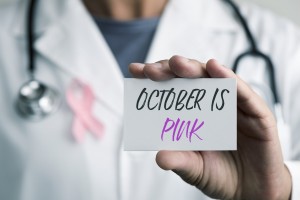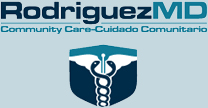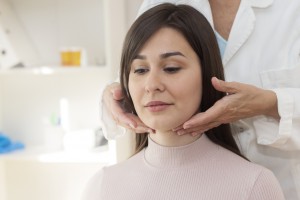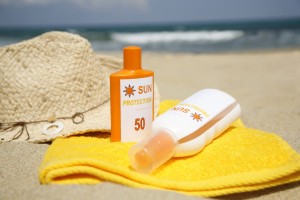Early Detection of Breast Cancer is Key
 Breast cancer is one of the most significant women’s health concerns. After skin cancer, breast cancer is the most common type of cancer in women. The odds of getting breast cancer are 1 in 8. A small percentage of women have a family history of the disease. This means a first degree relative- mother, sister, daughter- has had breast cancer, so there is a genetic risk factor. But many women have no history of breast cancer in their family. October is Breast Cancer Awareness Month.
Breast cancer is one of the most significant women’s health concerns. After skin cancer, breast cancer is the most common type of cancer in women. The odds of getting breast cancer are 1 in 8. A small percentage of women have a family history of the disease. This means a first degree relative- mother, sister, daughter- has had breast cancer, so there is a genetic risk factor. But many women have no history of breast cancer in their family. October is Breast Cancer Awareness Month.
There is no sure way to prevent breast cancer. However, women can minimize their risk through certain lifestyle choices. Being overweight, alcohol consumption, and not being physically active can increase the risk of developing breast cancer. Using some birth control methods with hormones and post-menopausal hormone therapy with estrogen may also increase a woman’s risk. Other risk factors are not as easily controlled. White women have a slightly higher risk of developing breast cancer as compared to African American women. No pregnancies or a late pregnancy adds to the risk. Previous radiation treatments to the chest to treat other cancers and having dense, fibrous breast tissue are additional risk factors.
Early detection and treatment are key in fighting the disease. Women should recognize any changes in their breasts including a lump that can be felt, nipple discharge, nipple turning inward, dimpling or puckering of breast skin, and redness or scaliness of the skin. All of these symptoms should be checked by a physician.
Clinical breast exams and breast self-exams are not substitutes for a mammogram, which can detect cancer before it can be felt. Current mammogram guidelines from the American Cancer Society are that women at average risk for breast cancer should have yearly mammograms by age 45. Women may choose to begin mammograms as early as age 40. At age 55, women who have had normal mammograms can change to every other year or continue yearly, if desired. Women at higher risk should discuss these options with their doctor.








